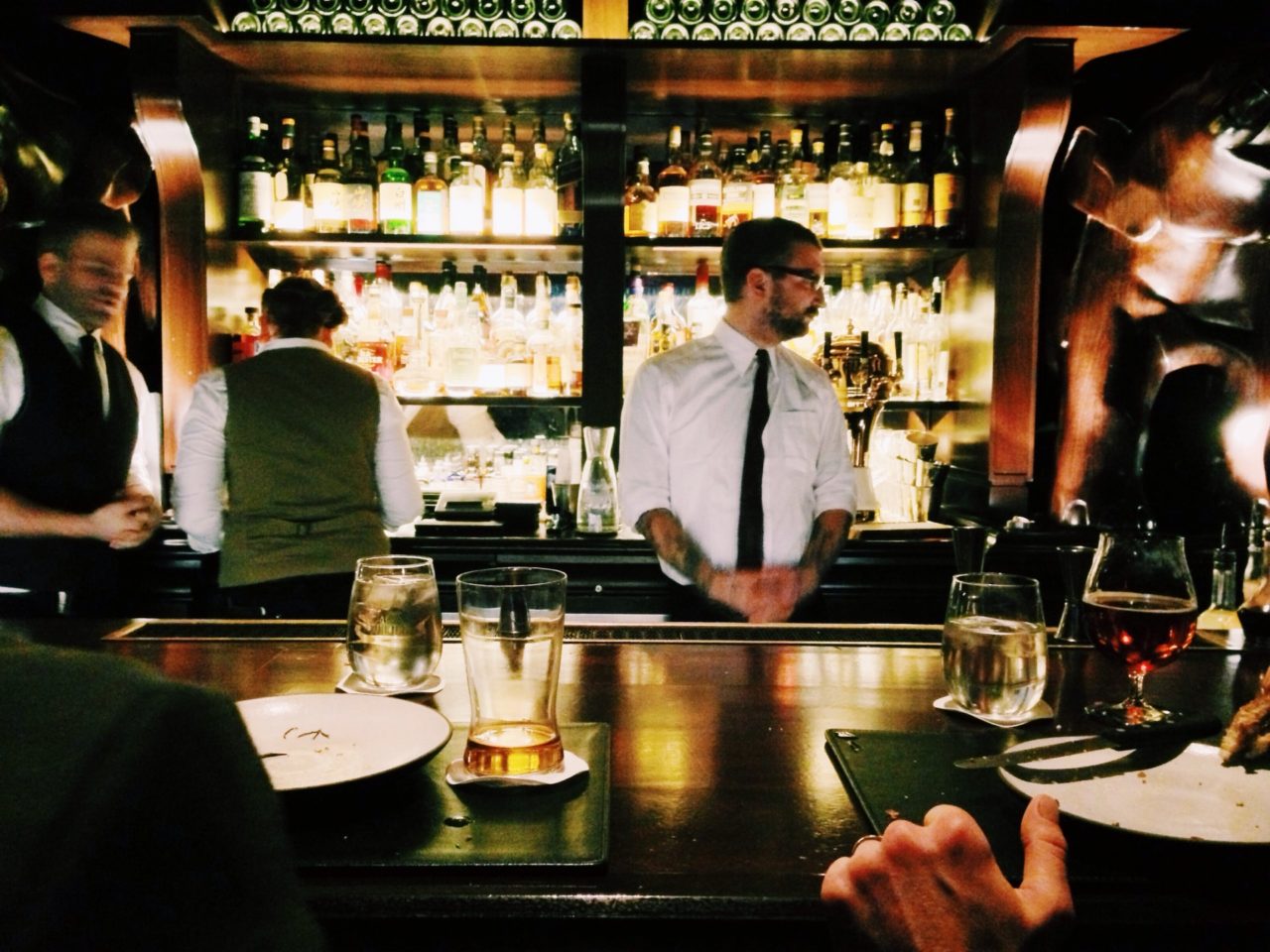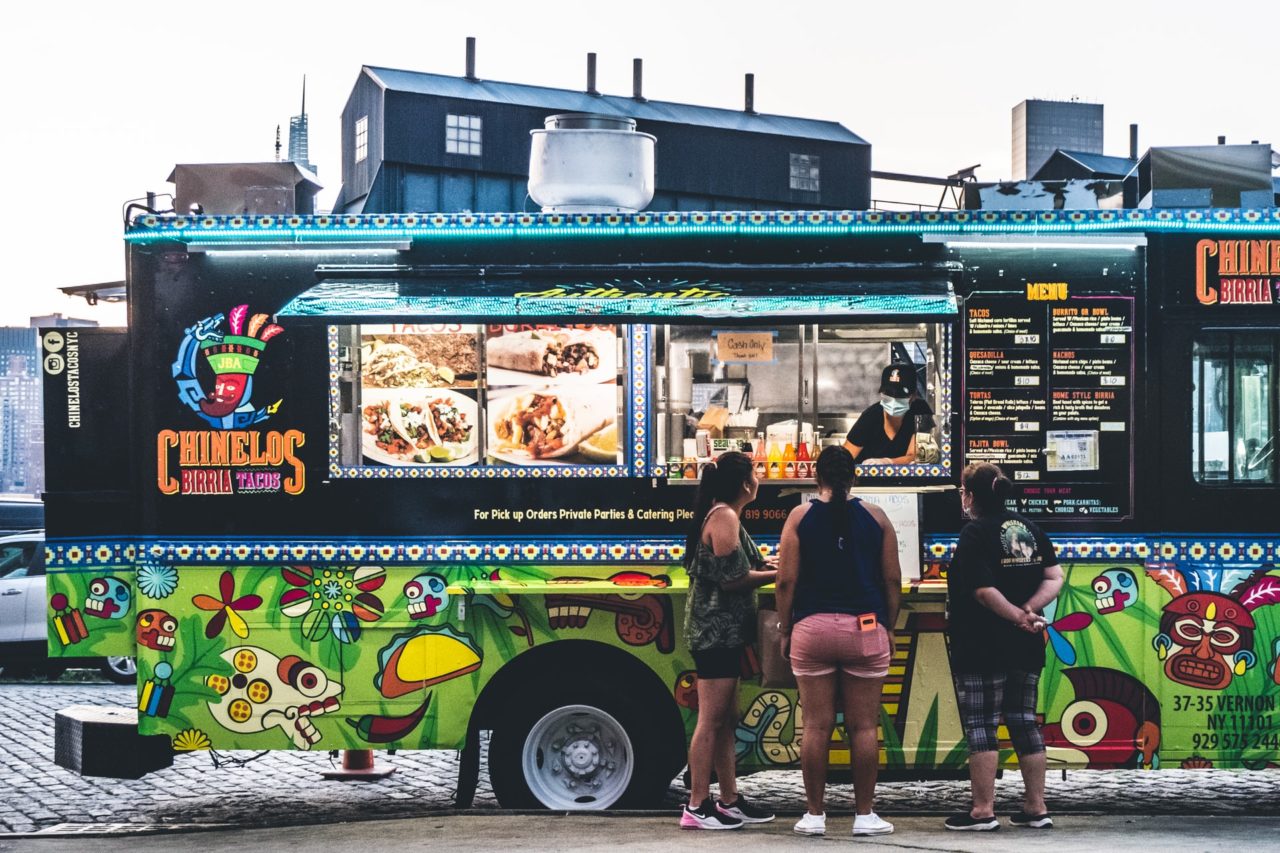When we say “this is an example of a multi-sensory environment”, which one would you choose?
A.- An empanada stand.
B.- A food truck.
C.- A restaurant designed with audio branding, lighting depending on the time of day, a bar with video mapping, and a kitchen specialized in techno-emotional techniques.
D.- All of the above.
The correct answer, to the surprise of some, is “D.- all of the above” since there is no such thing as a neutral context. Everything that surrounds us in a food experience is multi-sensory and our senses collect all the information present to make sense of what we are experiencing. Both the simplest and the most decorated premises affect the diner’s experience directly.

In 2014, one of the largest studies on the influence of the environment on the consumer experience was carried out. Almost 3,000 people tasted a product in a room in which the color of the lighting and/or the music changed repeatedly. The participants were required to rate on taste, intensity, and liking scales while standing in each of four different environments created.
The results presented demonstrated that, depending on lighting and music, the same product was evaluated in different and even contrasting ways, fresher, more complex, more acidic or sweeter. Making it clear that the environment can exert a very important influence when it comes to perceiving food and drinks.

Regardless of the business model you have, it is crucial to understand that interior design provides relevant information for the minds of our guests, generating actions and modifying behaviors that will affect the experience. The key is to generate what is known as sensory congruence, which implies coherence between the environment and the gastronomic offer. If both are aligned, the taste will be perceived with greater pleasure and the possibility of becoming a memorable experience to relive it will increase.
How congruent is your proposal right now?
We co-created this content with @neurogastronomo to promote the growth of your business
